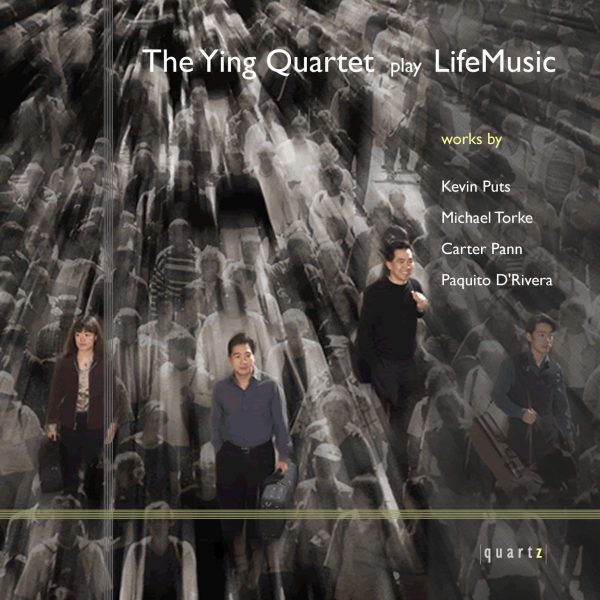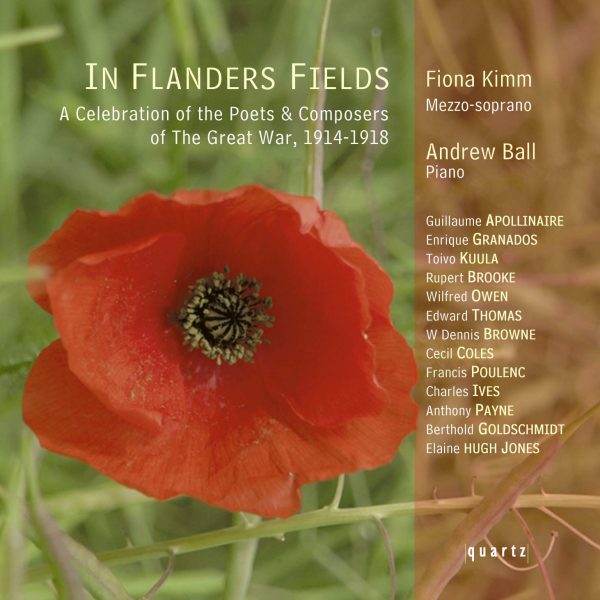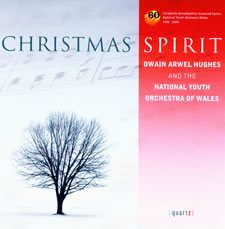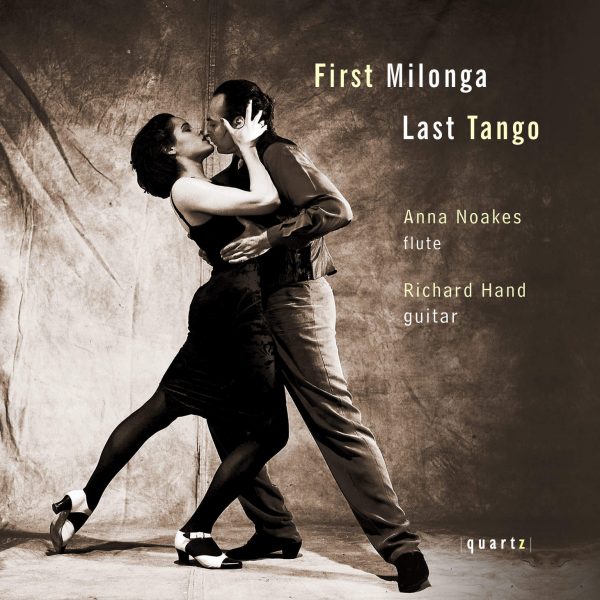Viola da Samba: De Rio a Rio
Price range: £5.99 through £11.99
Viola da Samba, (a wordplay on samba being played on a viola da gamba), is a project creating a bridge between Renaissance and Brazilian popular music. The pure, light sounds of early music instruments blend with the vivacious rhythms and rich harmonies of samba and bossa nova. The subtle timbres and the versatile sounds of the clavichord together with the viola da gamba match perfectly with the spirit of Brazilian music, revealing the connection between the elements (scales, rhythms and temperaments) of popular and early music. The natural gut strings of the viol create a pure and organic sound. This offers a new experience for the world of jazz and bossa. Altogether, Nadine Balbeisi’s delicate and refined voice, Jean Kleeb’s mastery of playing bossa chords on the clavichord and Fernando Marín’s skillful bowing of the viola da gamba create a perfect musical symbiosis.
About This Recording
Viola da Samba, (a wordplay on samba being played on a viola da gamba), is a project creating a bridge between Renaissance and Brazilian popular music. The pure, light sounds of early music instruments blend with the vivacious rhythms and rich harmonies of samba and bossa nova.
The subtle timbres and the versatile sounds of the clavichord together with the viola da gamba match perfectly with the spirit of Brazilian music, revealing the connection between the elements (scales, rhythms and temperaments) of popular and early music.
The natural gut strings of the viol create a pure and organic sound. This sound, in combination with a specific technique developed by gambist Fernando Marín, offers a new experience for the world of jazz and bossa. With her experience in Renaissance singing, Nadine Balbeisi gives emphasis on a genuine and pure sound for the Brazilian songs, adding a light brilliance to bossa nova standards. All together, Nadine Balbeisi’s delicate and refined voice, Jean Kleeb’s mastery of playing bossa chords on the clavichord and Fernando Marín’s skillful bowing of the viola da gamba create a perfect musical simbiosis.
Rivers and seas, being great transmitters of culture, played a valuable role in the history of the Iberian Peninsula and South America. In addition to goods, they carried ideas and art. The Tagus (Tajo-Tejo) river begins at the heart of the mountains of Albarracín in Northeastern Spain, where impressive trees feed from these clear waters. Their wood is then used to create “vihuelas” (early bowed instruments). These waters nourish the meadows where lambs graze, whose guts are made into strings for the vihuela.
Water pulsates, vibrates, and flows within us in a common language between nature and man. A journey begins at the birthplace of the Tajo and flows through Spain until Lisbon, entering its main port for Portuguese culture. It reaches and dissolves into the Atlantic Ocean, continuing until Rio de Janeiro’s coasts. Brazil is a country with numerous rivers, springs and currents including the Amazon, the largest river of the world. The CD “De rio a Rio” – from river to river (and Rio de Janeiro) – is a compilation of different cultures, connecting Spanish, Portuguese and Brazilian music.
The charming Iberian Renaissance pieces Van y Vienen las olas, Meis ollos van per lo mare and En una fuente are 2 and 3 voice songs interpreted here by one voice accompanied by the viola da gamba. Fernando Marín has made arrangements of these Spanish and Portuguese pieces and uses a very special technique to accompany the voice.
Nadine Balbeisi and Fernando Marín have dedicated many years to researching this highly esteemed art form in their duo Cantar alla Viola, singing with a viol.
The French baroque composer, Marin Marais is still today the most representative player and composer for the viola da gamba. In his creative Chaconne for viola da gamba and continuo one can hear all the expressive and technical possibilities of the instrument in different variations over a typical chaconne ground bass line.
Brazilian composer Jean Kleeb brilliantly arranges samba and bossa nova for this exquisite ensemble. He has added innovative introductions to standards like Outra vez, Wave and Este seu olhar with an especially long and elaborated one for Samba de uma nota só. Samba em Preludio and Eu sei que vou te amar enjoy the constant exchange of the melody from the clavichord to the viola da gamba, which either plucks, plays bossa chords or takes over the melodic line with the bow. Trem das onze and Ah, se eu vou both use the wonderful mixture of plucked gamba chords together with a more percussive-sounding clavichord to accompany the voice. Murucututu is an arrangement of a lullaby from the Amazon.
Kleeb’s own compositions join two seemingly different worlds together as in Passa en la calle (Paranauê). He combines a new passacaglia for viola da gamba and clavichord with a voice singing a native Brazilian song, Paranauê, in which Tupi Indians revere a wide river or sea. The goddess of the sea from Afro-Brazilian culture is the inspiration for the composition Canto a Iemanjá. Exploring different colors and articulations to showcase the instruments, Kleeb has composed Gamba em Prelúdio and Sambinha in addition to performing his Improvisações (improvisations) on the clavichord.
Instruments:
Clavichords
Higher registers: copy of a double-fretted clavichord dated around 1700 currently in Leipzig Museum, built by Burkhard Zander (1996).
Lower registers: Walter Merzdorf.
Viola da gamba
Copy of end of 16th century John Rose division viol, on spruce and maple woods, by Javier Martínez (2009). It is fully set with natural gut strings: made by Joan Xandrich of lamb intestines (old ram for bourdons) cleaned, twisted, dried, and polished by hand.
Track Listing
- Isso aqui o que é - Ary Barroso 3:54
- Samba em Preludio – Baden Powell 3:46
- Outra vez – Antonio Carlos Jobim 2:55
- Sambinha – Jean Kleeb 1:42
- Samba de uma nota - Antonio Carlos Jobim 3:35
- Trem das onze – Adoniran 3:
- Van y Vienen las – Mateo Romero 2:41
- Passa en la calle – Jean Kleeb 2:12
- Chaconne – Marin Marais 6:37
- Canto a Iemanja – Jean Kleeb 4:02
- Meis ollos van per – Anon 1:26
- Este seu olhar - Antonio Carlos Jobim 3:17
- Wave - Antonio Carlos Jobim 2:33
- Improvisação I – Jean Kleeb 2:21
- Eu sei que vou te - Antonio Carlos Jobim 3:22
- Gamba em Preludio – Jean Kleeb 4:23
- En una fuenta – Anon 2:22
- Improvisação – Jean Kleeb 2:05
- Muructutu – Trad. 2:37
- Ah, se eu vou – Lula Queiroga 1:57




